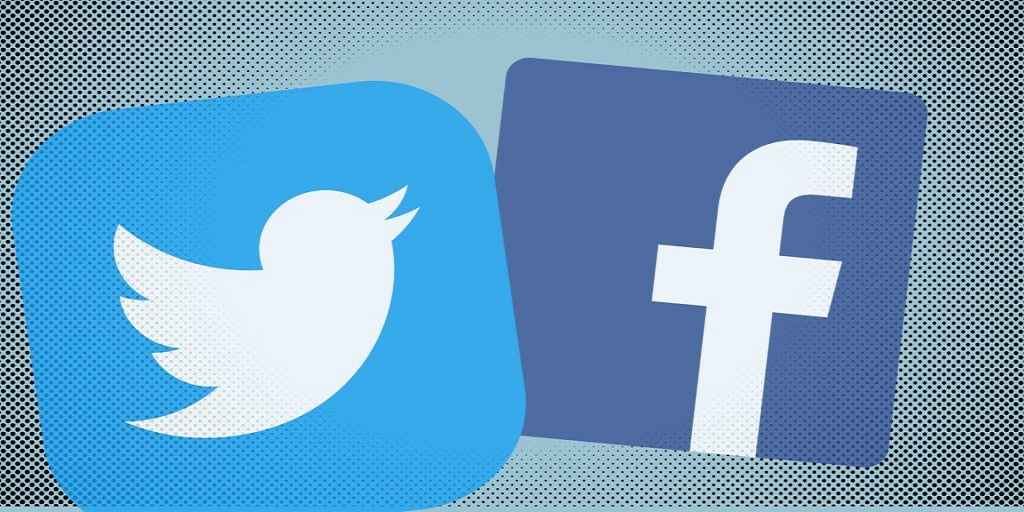In the constantly evolving landscape of social media, new terms, acronyms, and features frequently pop up. One term that’s been gaining attention is “NOD.” If you’ve heard this mentioned in the context of Facebook and Twitter, you might be wondering: What is NOD, and how is it used on these platforms?
In this article, we will explore the concept of NOD, how it relates to Facebook and Twitter, its applications, and why it’s gaining traction in the social media world.
What is NOD?
“NOD” is an acronym that has recently appeared in various digital contexts, but it can represent different meanings depending on the platform and community. However, it is important to clarify that as of 2024, NOD has not been widely integrated as an official feature on either Facebook or Twitter. Instead, “NOD” seems to be part of a larger cultural and conversational shift that involves social gestures, symbols of acknowledgement, or emerging technologies related to social networking platforms.
At a high level, “NOD” can symbolize any of the following in a social media context:
- A subtle gesture of agreement or recognition
- A digital feature that allows users to acknowledge content without directly interacting with it (similar to a “like” or a “favorite”)
- A form of algorithmic interaction tracking to identify user engagement
As of now, the term appears to be used more colloquially than as an official feature on Facebook and Twitter, but the concept behind it points to broader trends in how users engage with each other and content online.
The Evolution of Interaction on Social Media

To fully understand the concept of NOD and why it matters, it helps to look at the evolution of social media interactions. Over the past decade, the ways we communicate and engage with content on platforms like Facebook and Twitter have significantly transformed.
- From Text to Emoji: In the early days of social media, engagement was primarily textual. People wrote comments or direct messages to express their thoughts. Over time, the introduction of emojis, GIFs, and reactions has allowed for more nuanced expressions without using words.
- Quick Engagement Features: Platforms like Facebook introduced reactions (like, love, laugh, etc.), and Twitter implemented likes and retweets to allow for quick, simple engagement. These features make it easier for users to engage without committing to lengthy text replies.
The idea behind NOD likely comes from this desire for even more subtle or lightweight ways to engage. A NOD could be seen as a low-commitment, nonverbal form of acknowledgment—something akin to a micro-reaction, like giving someone a nod in real life to signal understanding or agreement.
How Might NOD Work on Facebook?
Facebook is a platform where interactions are already rich with features like likes, reactions, comments, and shares. If Facebook were to implement a NOD feature (whether formally or through user behavior), it might look something like this:
- Acknowledging Content Without Direct Engagement: A NOD could be a simple way for users to acknowledge that they’ve seen or recognized a post, photo, or update without necessarily reacting emotionally. Sometimes, you see content that doesn’t elicit a strong response, but you still want the person who posted it to know you’ve noticed.
- Supporting Connections: On a platform built around personal connections, a NOD could function as a “social tap on the shoulder,” a way to signal recognition or agreement. For example, rather than leaving a “like” on a friend’s post, a NOD could be a non-intrusive way of saying, “I’m here, I see what you’ve shared.”
- Low-Engagement Interaction: For users who want to avoid cluttering their activity feed or for those who wish to remain relatively passive in their interactions, NOD could provide a way to interact subtly.
Currently, Facebook does not have an explicit NOD feature, but we can imagine this concept being folded into how people already use subtle cues like “seen” indicators in Messenger chats or simply scrolling past posts.
NOD on Twitter: A New Engagement Tool?
Twitter is known for being a platform where fast-paced communication thrives. Users often engage with tweets through likes, retweets, comments, and quote-tweets, which are vital for the platform’s viral nature.
A NOD feature on Twitter could be particularly useful in these ways:
- Acknowledging Without Amplifying: Not every tweet needs to be retweeted or liked, but sometimes users may want to signal to the author that they’ve acknowledged the tweet. A NOD could serve this purpose, a way to say “I’ve seen this,” without the engagement being broadcasted to their followers.
- Reducing the Noise: Twitter’s algorithm is highly responsive to likes and retweets, often pushing content to users based on the engagement it receives. A NOD, however, might work differently. It could serve as an engagement without signaling to the algorithm that the tweet needs a broader reach. This might help reduce content overload in users’ feeds.
- Micro-Engagement: Much like a retweet with a comment allows users to offer their take on someone’s tweet, a NOD could be used as a less intense, micro-engagement mechanism for users who want to support a post but not involve themselves in a full conversation.
While Twitter, like Facebook, doesn’t have a built-in NOD feature yet, the concept ties into emerging social media trends where platforms experiment with offering more diverse and layered ways of interacting with content.
Why the Idea of NOD is Gaining Popularity
The idea of the NOD resonates with several key trends in digital communication:
- Desire for Low-Pressure Engagement: Many social media users want to stay connected but don’t always feel the need to express themselves fully. A NOD gives them a way to participate without the pressure of more traditional engagement.
- Changing Social Norms: As social media usage evolves, so do the norms around engagement. We’ve moved from heavy text engagement (comments and replies) to lighter forms of interaction (likes, emojis, reactions). A NOD could represent the next step in this progression—a way to acknowledge someone without initiating a lengthy interaction.
- Mental Health and Digital Overload: With growing concerns over social media-induced stress, some users are seeking ways to stay connected without feeling overwhelmed. The concept of a NOD could serve as a healthier, less invasive way to maintain social bonds without the mental strain of constant feedback loops.
Conclusion: The Future of NOD on Facebook and Twitter
While Facebook and Twitter currently do not have a formal NOD feature, the idea encapsulates a trend toward more subtle, low-commitment digital interactions. Whether through official platform tools or user behavior, it’s clear that people are looking for simpler ways to acknowledge content without the emotional or social weight of more traditional reactions.
As social media continues to evolve, don’t be surprised if a feature like NOD (in some form) becomes a staple in future iterations of these platforms. The desire for nuanced, less direct forms of interaction will continue to drive innovation in this space.
Read Also
- Does Facebook Marketplace Ads Show in Google Organic Search?
- How Does a VPN Block Roku from Accessing Your Privacy
- How to View Non Compact Profiles on Discord
- How Does a VPN Block Roku from Accessing Your Privacy
